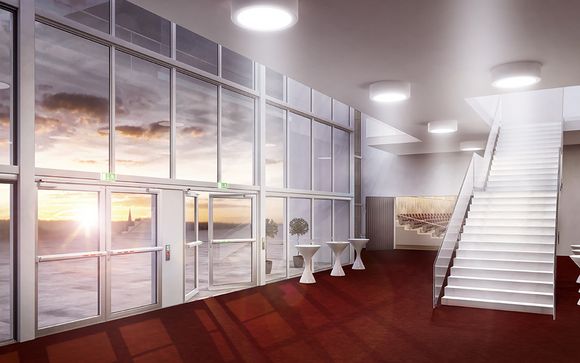Escape and rescue routes – on the safe side with GU group
Peoples' lives depend on the quality of escape and rescue route systems. GU group takes this responsibility seriously: by delivering comprehensive escape door system solutions which go far beyond just satisfying the relevant standards. This gives architects and planners certainty and peace of mind – from the design stage through to the finished building.
Systematic escape route security
Maximum security of these systems can only be ensured if all components have been harmonised individually with the building situations and work perfectly together. This is why the GU group offers one-stop comprehensive solutions: from one-off components through to complex complete systems.
Escape door locks – Panic functions of the panic locks from the GU Group
The videos show you the differences, but also the handling of the individual panic functions.
In addition, you will learn which panic function is applicable for which building situation by means of concrete application examples.















